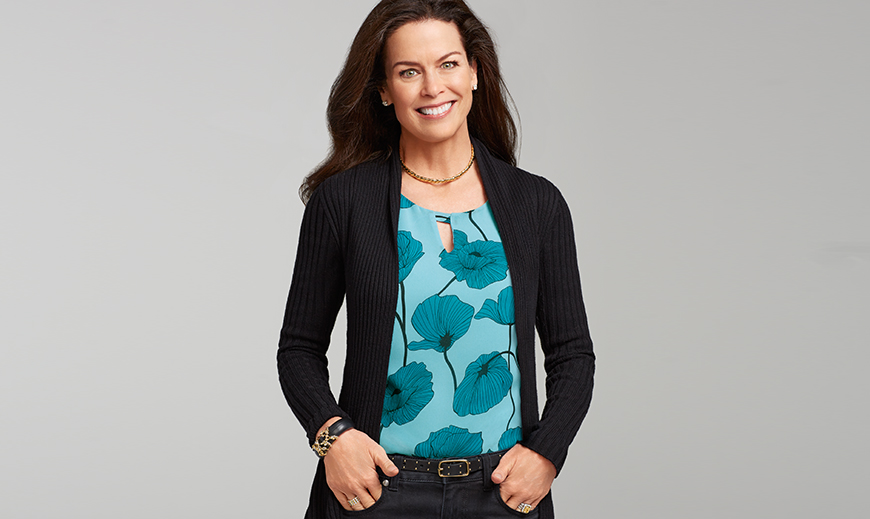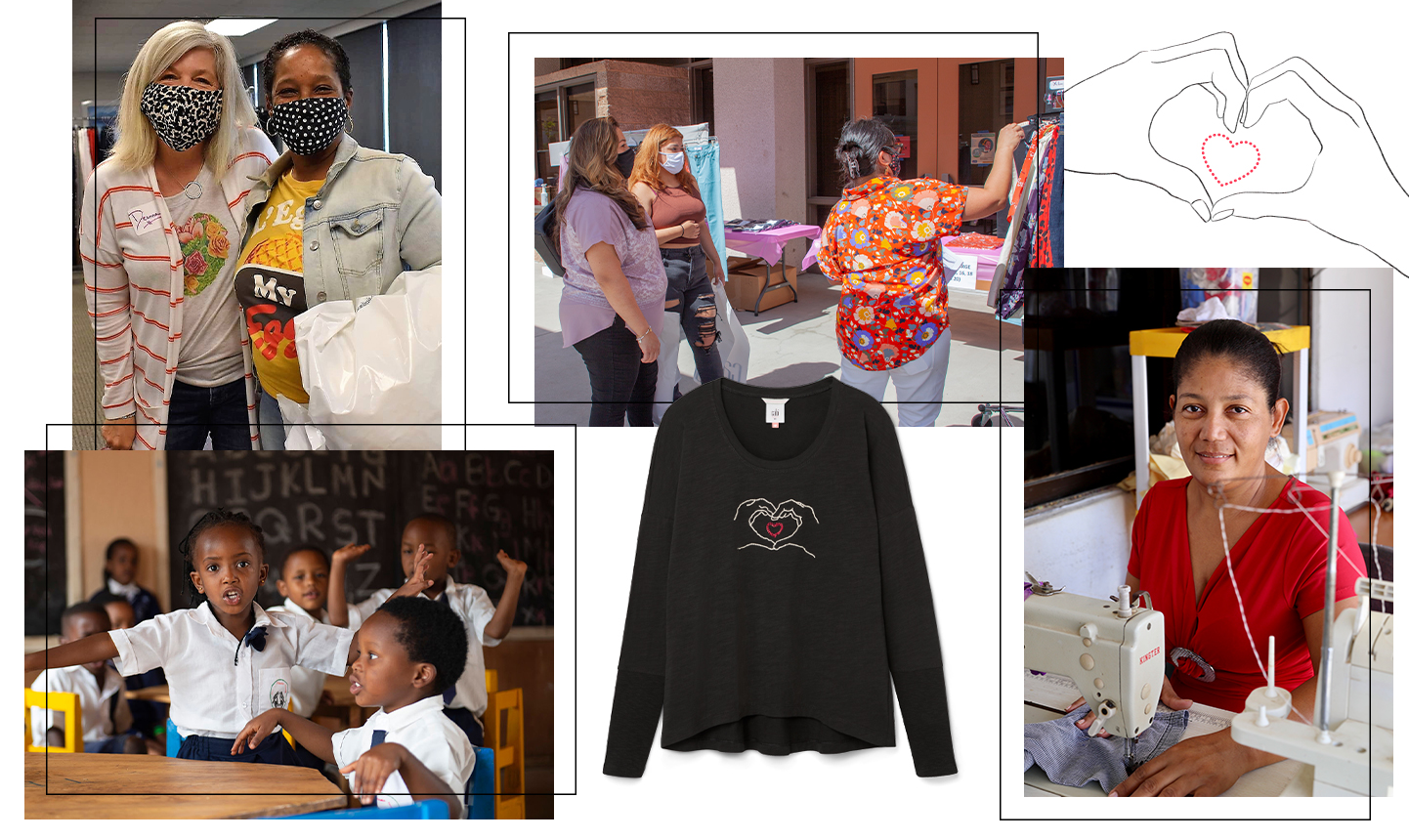By Kimberly Inskeep, cabi Founder, President and Chief Culture Officer
I have been struck recently by how more and more, as I am in social groups, work groups, or with family, it seems people talk about feeling anxious. Grown adults (both men and women alike), young professionals, college students, and even those younger, are all included. I feel it myself. One week I can handle things coming at me a mile a minute with confidence and clarity, and the next week—out of the blue—I can feel like I’m drowning, even struggling to breathe. And then, it leaves, as quickly as it came. So where does this come from? What can we do in the face of it?
Perhaps it’s an intrinsic part of the human experience, just exacerbated by the fast-pace, high-demand environments that envelop us all. Perhaps it’s because we don’t put a value on quietness and rest. Or, perhaps it’s because we’re in a particularly stressful election year. Whichever the causes, it’s clear we live in an angst-producing world.
While stress comes from many angles and just as many shapes and sizes, I think a lot of our anxiety comes from focusing on measures of progress. Don’t get me wrong—this is an important step when trying to achieve anything. But when we myopically focus on the speed or distance of our progression, we can often lose sight of why we are even pursuing our goal in the first place. And even when we are passionately committed to why we are pursuing a goal, we can become disenchanted by the reality of what it takes to get there from a metrics standpoint.
The fact is, the road to attaining any worthwhile goal is fraught with landmines—all kinds of “resistance” which steers us off course. In his book The Fifth Discipline, Peter Senge talks about this part of the journey to success as the “middle space”—the tension between where you are now and your goal. And I must admit from my own experience the middle space is ugly. It’s uncomfortable, and lengthy, and filled with anxious feelings making us wonder if we have what it takes, what others are thinking of us, or if it’s just not in the cards for us…all of which produces greater resistance and greater angst.
Bottom line—the middle space will always create tension. But we get to decide if that tension will produce angst (the type of resistance that will surely lead to quitting), or creativity and cooperation with the process (the type of tension that allows for patience and perseverance). The choice is ours.
Creativity and cooperation don’t come from sheer willpower. Instead, we have to take a moment to intentionally “welcome” the tension as a fact of the process. We can counteract the resistance by setting aside times of daily reflection to clarify our heartfelt why and engage in an earnest acknowledgment of the reality of the middle space. Senge says, “We often spend so much time coping with problems along our path that we forget why we’re on the path in the first place.” Forget why and our minds are aflutter. He also says, “It is vital to know where you are right now . . . [and] see reality more clearly.” When we run a mile a minute without pause, chances are we don’t even really know where we are, and anxiety is sure to overtake us.
My own daily self-check-ins help temper my mind, giving me a moment to give grace to myself while in the middle space, allowing anxious feelings to dissipate and my heart to pulse at a normal pace and for the right reasons. With renewed clarity, I can boldly select the right actions in line with easing that tension—closing the gap between our current reality and worthwhile destination.
If we are to be forward moving, growing people, we must always pursue and learn new things, and the discomfort that comes with it is evidence we are doing just that. When we start to feel angst, that’s a cue to breathe deep, reflect, and intentionally stave off the resistance, by welcoming and acknowledging the discomfort as a sign we are exactly where we’re supposed to be: in creative tension, and consequently, finding ourselves less a part of the anxious world around us.




